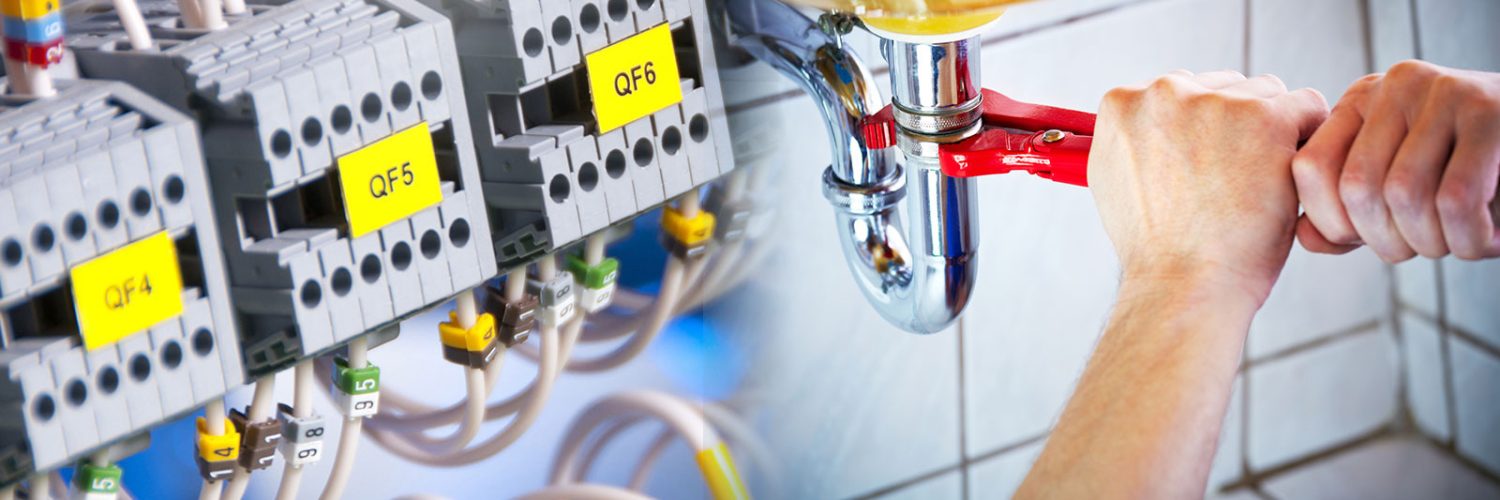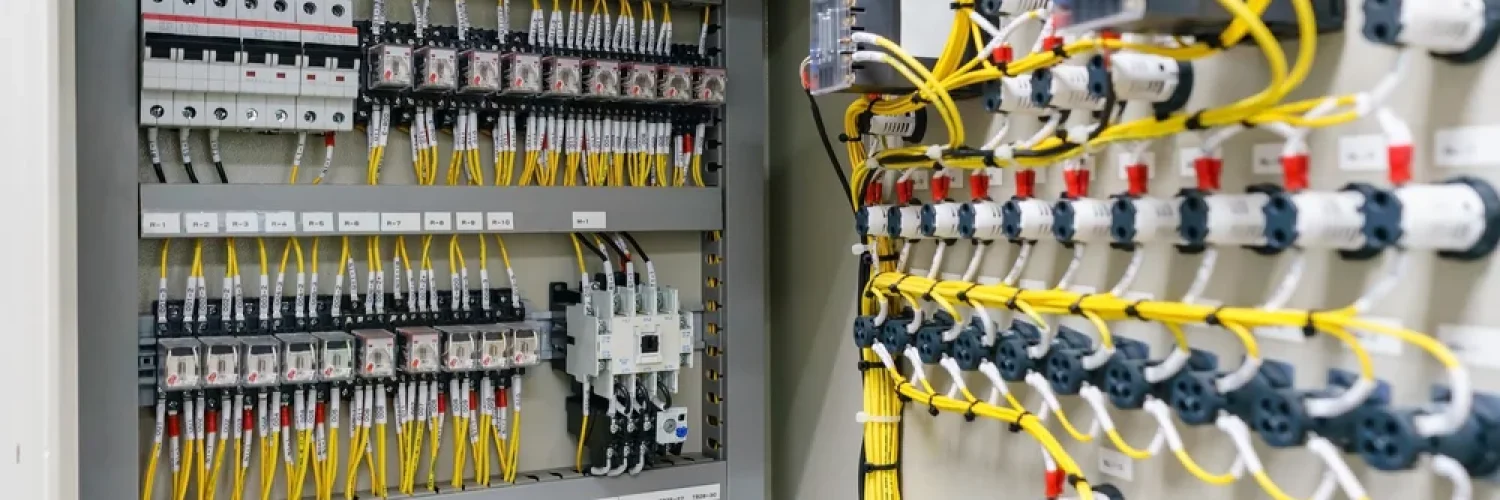“YOUR ONE-STOP SHOP FOR BUILDING YOUR DREAM HOME”
FREE CONSULTATION FOR YOUR VALUABLE HOME CONSTRUCTION *Contact Details: 9160672555, 9052816555.
- Get a free consultation for building your dream home. Call us for expert advice on the right way to construct your house .
- THARMAL Constructions Private Limited offers comprehensive, end-to-end solutions for all your home construction needs.
- Architectural, Structural Design & Planning, Civil Construction, Interior Design & Finishing, Electrical & Plumbing works,Project Management
- “We provide detailed cost estimates for your home construction, helping you with accurate bank valuations and securing a house loan easily.” & “We ensure that all materials used in your house construction undergo rigorous testing procedures to guarantee quality and durability.”
- “We provide a comprehensive house manual that serves as a complete record of your home construction journey. It includes the layout designed with 100% Vaastu Shastra compliance, detailed architectural, structural, electrical, and plumbing drawings, Vaastu details, correspondence between the client and contractor, a list of materials used, and the mutual agreement. This ensures complete transparency and serves as a valuable reference for the future.”


Electrical and plumbing systems are critical components of any house construction, providing essential services for daily living. Proper design, installation, and maintenance of these systems ensure safety, efficiency, and longevity. Below is a detailed description of electrical and plumbing solutions for house construction.
1. Electrical Solutions for House Construction
Electrical systems provide power for lighting, heating, cooling, and powering appliances. Proper planning and installation are essential for ensuring safety, efficiency, and ease of use.
a. Electrical Planning and Design
Load Calculation: Determining the total electrical load based on the number of appliances, lighting, and other electrical requirements.
Circuit Design: Planning circuits to ensure the correct distribution of electrical power, including:
Lighting circuits
Power circuits (for major appliances)
Dedicated circuits for high-power devices like air conditioners or water heaters.
Breaker Panel Design: A central unit that distributes electricity to various circuits, with safety features like circuit breakers to prevent overloads.
b. Wiring and Cabling
Types of Wiring:
Copper Wiring: Preferred for its efficiency and durability.
Aluminum Wiring: Sometimes used for long-distance transmission but requires proper maintenance.
Conduits: Pipes used to house and protect electrical cables, made of materials like PVC or metal.
Wiring Routing: Proper planning for routing wires through walls, ceilings, and floors while ensuring ease of access for maintenance.
c. Lighting Design
General Lighting: Standard lighting solutions for general illumination, such as overhead fixtures, recessed lights, or pendant lights.
Task Lighting: Focused lighting for activities like cooking or reading, typically installed above work surfaces or task areas.
Accent Lighting: Used for decorative purposes, like highlighting artwork or architectural features.
Smart Lighting: Integration of automated systems for energy efficiency, such as motion sensors or remote-controlled lighting.
d. Switches, Outlets, and Fixtures
Socket Placement: Strategically placed in living rooms, bedrooms, kitchens, and bathrooms to ensure ease of access.
Switch Locations: Consideration for switch placement near entrances, bedsides, and work areas.
Energy-Efficient Fixtures: Choosing LED lights, low-energy fans, and appliances to minimize electricity consumption.
e. Electrical Safety and Code Compliance
Earthing (Grounding): Proper grounding systems to ensure electrical safety by directing excess current to the ground.
Circuit Breakers and Fuses: For overcurrent protection, preventing fire hazards or electrical damage.
Electrical Code Compliance: Adhering to national and local codes (e.g., IEC or NEC) for installation safety, such as proper wire sizing, socket placement, and grounding.
f. Smart Home Integration
Home Automation Systems: Integration of smart devices for controlling lighting, HVAC, security systems, and entertainment.
Energy Monitoring: Systems that track and optimize energy usage, reducing waste.
2. Plumbing Solutions for House Construction
Plumbing systems ensure the safe and reliable distribution of water and the removal of waste. Efficient plumbing design and installation are essential for convenience, hygiene, and sustainability.
a. Plumbing Planning and Design
Water Supply System: Ensuring the adequate distribution of potable water throughout the house for drinking, bathing, cooking, and cleaning.
Wastewater Drainage: Designing systems to remove wastewater safely from the house, including sewage lines, stormwater drainage, and vent pipes.
Pipe Sizing and Layout: Proper sizing of pipes for water supply and drainage based on flow rate requirements, minimizing friction loss and ensuring efficiency.
b. Types of Plumbing Pipes
Water Supply Pipes:
CPVC (Chlorinated Polyvinyl Chloride): Widely used for hot and cold water lines due to its durability and resistance to corrosion.
PPR (Polypropylene Random Copolymer): A long-lasting material for water supply lines, known for its resistance to pressure and temperature.
Copper Pipes: Used for water supply due to their reliability and anti-corrosive properties.
Drainage Pipes:
PVC (Polyvinyl Chloride): Commonly used for drainage and sewage systems due to its lightweight nature and ease of installation.
HDPE (High-Density Polyethylene): Used for underground drainage systems because of its strength and resistance to environmental factors.
Fittings and Joints: Using high-quality fittings and joints to prevent leaks and ensure long-lasting performance.
c. Water Supply Systems
Main Water Line: Connecting the house to the municipal water supply or a private borewell. Includes a shut-off valve for emergency water control.
Internal Distribution: Running water lines to bathrooms, kitchens, laundry areas, and outdoor taps. Proper isolation valves are installed at key locations.
Pressure Management: Installing pressure-reducing valves where required to ensure safe water pressure throughout the system.
d. Drainage and Wastewater Systems
Sanitary Drainage: Connecting waste pipes from toilets, sinks, and showers to the main sewer or septic tank.
Ventilation Pipes: Providing air vents to ensure smooth drainage and prevent siphoning of water traps.
Grease Traps (in kitchens): Installing grease traps to prevent clogging in kitchen waste lines.
Stormwater Drainage: Design to manage rainwater runoff effectively, avoiding flooding or water damage.
e. Plumbing Fixtures
Toilets, Sinks, and Showers: Selection of high-quality fixtures to ensure durability, ease of use, and aesthetic appeal.
Taps and Faucets: Modern faucets with anti-corrosive finishes, with options for water-saving mechanisms.
Water Heaters: Electric or solar water heaters for efficient hot water supply to bathrooms and kitchens.
Bathtubs and Shower Panels: Installing water-efficient and durable bath solutions.
f. Hot Water System Design
Water Heater Placement: Ensuring the water heater is placed for easy maintenance and quick delivery of hot water.
Solar Water Heating: Installing solar panels to reduce energy consumption for water heating, contributing to sustainable living.
g. Plumbing Safety and Code Compliance
Leak Detection: Using pressure testing methods during installation to check for leaks.
Backflow Prevention: Installing backflow preventers to prevent contamination of the drinking water supply.
Code Compliance: Adhering to local plumbing codes (e.g., IS 2065) for installation practices and safety measures, including pipe sizing, materials, and venting requirements.
3. Energy-Efficient Solutions
a. Water Conservation
Low-Flow Fixtures: Installing water-saving faucets, showerheads, and dual-flush toilets to reduce water consumption.
Rainwater Harvesting: Designing systems to collect and reuse rainwater for gardening or non-potable uses.
Greywater Recycling: Reusing water from baths, showers, and washing machines for irrigation or toilet flushing.
b. Electrical Efficiency
Energy-Efficient Appliances: Choosing energy-efficient appliances (e.g., refrigerators, air conditioners) and lighting fixtures.
Solar Power Systems: Installing solar panels for clean energy generation to reduce reliance on the grid.
Smart Meters and Energy Management: Monitoring electricity usage to optimize consumption and reduce waste.
4. Maintenance and Upkeep
Electrical Maintenance: Periodic inspection of wiring, switches, and electrical appliances for safety and functionality.
Plumbing Maintenance: Regular cleaning of drains, checking for leaks, and servicing water heaters to ensure efficient operation.
Conclusion
Electrical and plumbing systems are the lifelines of any house, ensuring a steady supply of power and water while maintaining hygiene and comfort. Proper planning, installation, and maintenance of these systems are crucial for safety, energy efficiency, and long-term functionality. By selecting high-quality materials, adhering to safety standards, and optimizing for energy use, a home can provide reliable and sustainable living conditions.
Contact Info
9160672555
9052816555
support@tharmalcpl.com
H-NO -4-32-1548,1st floor, Allwyn colony,line35,Kukatpally,Hyderabad-500072

